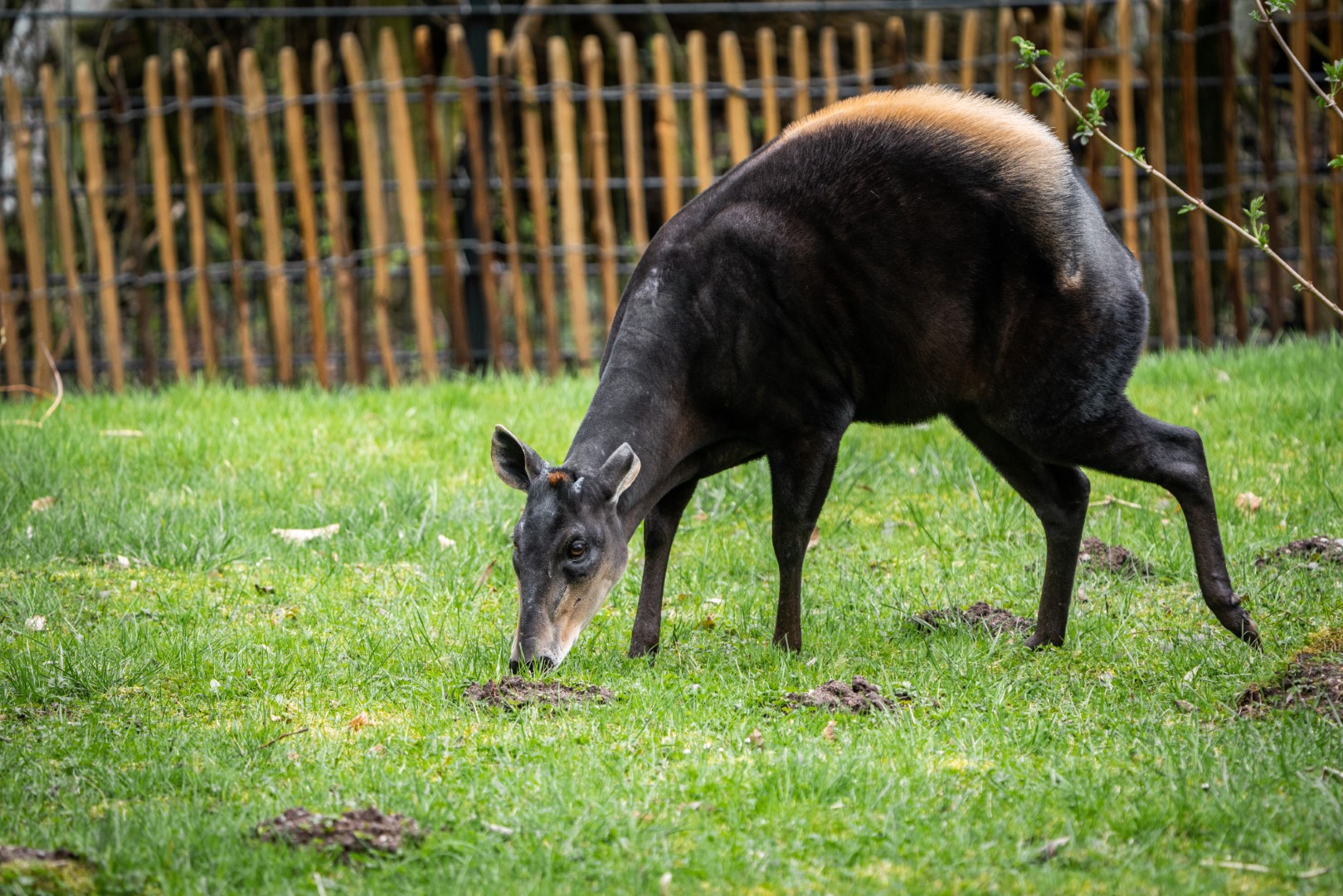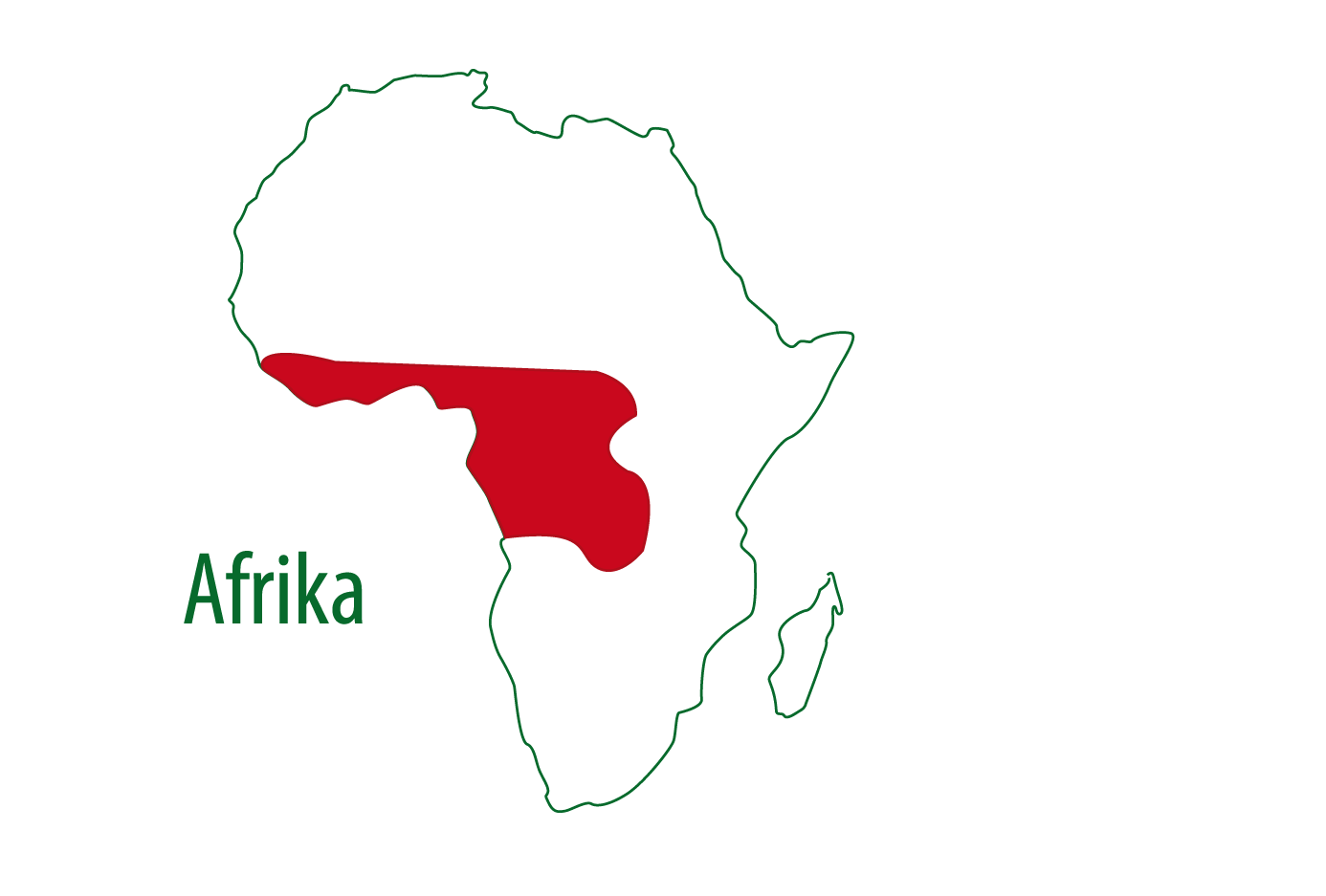Keine Vogelgrippe im Tiergarten: Häuser öffnen wieder

Im Tiergarten Nürnberg gibt es keinen Fall von Vogelgrippe: Das hat eine erneute Beprobung verschiedener Vogelarten ergeben. Das Wüstenhaus, das...
Duiker in the underbrush
Duikers are native to Africa and a subspecies of horned ungulates. These are small, wood-dwelling antelopes. Not many people know about them, probably due to the fact that they are rarely seen in the wild. Duikers are mainly nocturnal, mostly in the underbrush and are very shy. At the slightest disturbance, they flee through the undergrowth. This is where they got their name, which derives from the Afrikaans word duiker and means "diver." The Yellow-backed Duiker is the largest and most powerful of the duiker species.


| Scientific Surname | Cephalophus sylvicultor |
|---|---|
| Order | Artiodactyla |
| Family | Bovidae |
| Size | 85 cm |
| Weight | 80 kg |
| Reproduction | gestation period 5 month, 1 subadultv |
| Distribution | Africa |
| Habitat | damp forest |
| Food | Fruits, Leaves, Bark, Herbs, Mushrooms |
| Livestock | regionally endangered |
Gelbrückenducker (Cephalophus sylvicultor) werden bislang nur in vier europäischen Zoos gehalten, darunter im Tiergarten der Stadt Nürnberg. Im September 2021 erhielt der Tiergarten einen Gelbrückenducker. Das Weibchen kam 2017 im Zoo von Little Rock Zoo im amerikanischen Bundesstaat Arkansas zur Welt. Es trifft in Nürnberg auf ein Männchen, das 2011 in Los Angeles zur Welt kam und seit 2018 im Nürnberg lebt. Bislang wurde in Nürnberg noch nicht gezüchtet.
Weiterlesen ...